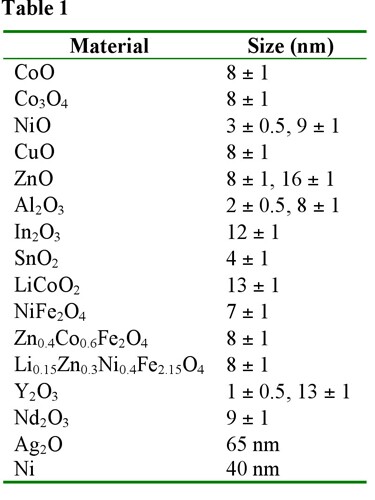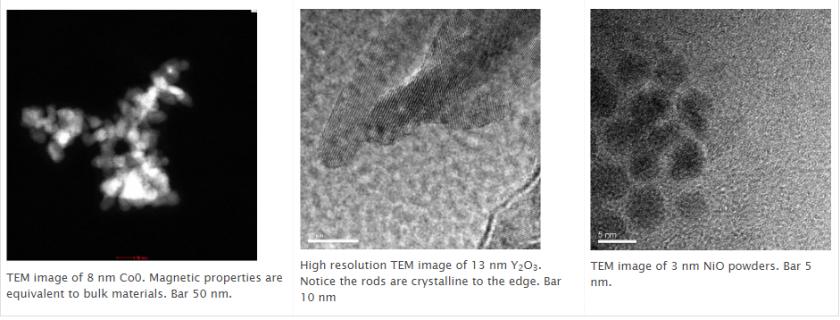Research
Chemical Thermodynamics
While commercial specific heat apparatuses using relaxation methods exist, the Woodfield Lab's custom designed and built instruments are capable of accuracies and precisions approaching, and even exceeding, 0.1%. This type of accuracy and precision allows the Woodfield Lab to study a wide range of interesting and relevant topics in solid-state physics and chemical thermodynamics.
Some of the topics Woodfield researchers have studied in the past include (1) the thermodynamic stability of nuclear waste materials, (2) zeolites, (3) negative thermal expansion materials and low energy vibrational modes, (4) frustrated magnets, (5) iron oxides and oxyhydroxides, (6) uranium metal, and (7) neutron detector materials. Shown below is an example of the Woodfield Lab's measurements on a bulk sample of MnO and a sample of the collosal magnetoresister La1-xSrxMnO3.

Currently, the Woodfield Lab Group's primary research interest is in the Energetics of Nanomaterials, which is funded by the Department of Energy. The Woodfield Lab's focus in this research project is to understand the fundamental driving forces governing the stability of materials as their particle sizes reach the nanoscale. Woodfield chemists have done extensive work on high quality samples of the TiO2 polymorphs of anatase and rutile with sizes of 7 nm and on the magnetic material CoO. More information can be found in the papers given in the publication list below.

Synthesis of Nanoparticles
As part of the Woodfield Lab's nanoscale project, Woodfield researchers have recently developed an elegantly simple process that allows researchers to make a nearly unlimited array of well-defined inorganic nanoparticles that have controlled sizes from 1 nm to bulk. The particles are highly crystalline with well defined shapes (usually spherical but also rods), the Woodfield Lab can synthesize them with chemical and phase purities as high as 99.9999%. Researchers can control the particle size distribution to approximately ±10%; the Lab projects with confidence that it can make industrial size quantities with manufacturing costs significantly less than any other current technique. The types of particles the Woodfield Lab can produce are, in general, metal oxides, but the process allows the Lab to control the oxidation state so the Lab can make high, medium, and low oxidation state oxides and metals. Woodfield chemists can make oxides of all of the transition metals, lanthanides, and actinides, AND any stoichiometric combination of any number of these metals. Woodfield chemists can include group I and group II metals in combination with the transition metals. Consequently, the Woodfield Lab has the ability to make an almost innumerable array of nanomaterials (single metal and multi-metal) with well-controlled physical properties, purity, oxidation state, size and size distribution using a process that is fast, reliable, and inexpensive. Table 1 gives examples of some of the materials the Woodfield Lab has synthesized, and below are some representative TEM images for NiO, Y2O3, and CoO powders.

Fisher-Tropsch Catalysis
Beginning several years ago, Woodfield researchers have also created a Fisher Tropsch research focus in collaboration with the Catalysis Group in Chemical Engineering. Woodfield researchers have applied their proprietary solvent deficient precipitation method to synthesize a series of industrial viable and state of the art alumina catalyst supports and Fe and Co Fisher Tropsch catalysts. These supports and catalysts have tunable properties and perform better than any catalysts currently reported in the literature.
The Woodfield Lab Group continues to focus its work on innovating in the catalysis area using its proprietary solent deficient method.